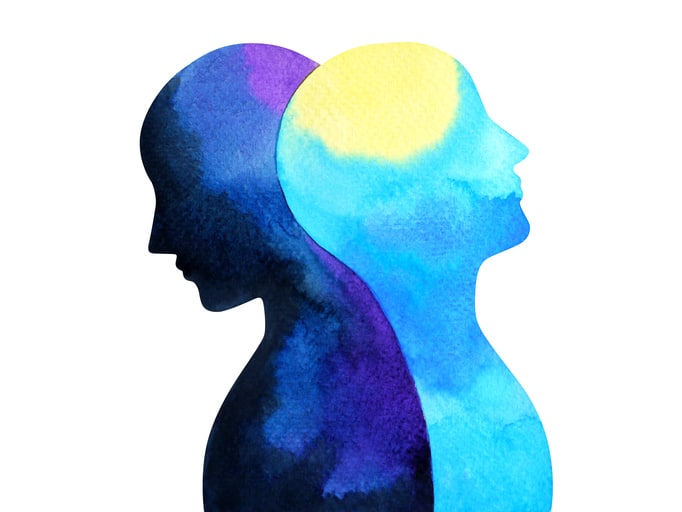Previous studies have found that keeping the room dark at night was associated with a decrease in manic symptoms for patients with bipolar disorder (BD). However, the association between light at night of real-life conditions and manic symptoms is unclear. We investigated the association between bedroom light exposure at night and manic symptoms in BD patients. One-hundred and eighty-four outpatients with BD participated in this cross-sectional study. The average light intensity at night during sleep was evaluated using a portable photometer for seven consecutive nights. Manic symptoms were assessed using the Young Mania Rating Scale (YMRS), and scores ≥5 were treated as a “hypomanic state.” The median (interquartile range) YMRS score was 2.0 (0-5.0), and 52 (28.2%) participants were in a hypomanic state. The prevalence of a hypomanic state was significantly higher in the participants with an average light intensity at night exposure of ≥3 lux than in those with <3 lux (36.7% versus 21.9%; = .02). In multivariable logistic regression analysis adjusted for BD type, depressive symptoms, sleep duration, and daytime physical activity, the odds ratio (OR) for a hypomanic state was significantly higher for the participants with an average light intensity at night exposure of ≥3 lux than for those with <3 lux (OR: 2.15, 95% confidence interval: 1.09-4.22, = .02). This association remained significant at the cutoff value of YMRS score ≥6 (OR: 2.51, 95% confidence interval: 1.15-5.46; = .02). The findings of this study indicate bedroom light exposure at night is significantly associated with manic symptoms in BD patients. Although the results of this cross-sectional investigation do not necessarily imply causality, they may serve to inform beneficial nonpharmacological intervention and personalized treatment of BD patients.
Association between light exposure at night and manic symptoms in bipolar disorder: cross-sectional analysis of the APPLE cohort.


